Computer vision is a branch of AI that studies and implements algorithms that enable computers to interpret and understand images. AI computer vision algorithms identify objects, facial expressions, and other features in images. Computer vision systems mimic the human visual system and have many applications: from helping autonomous vehicles navigate safely to early disease detection.
As with human vision, computer vision involves interpreting data from multiple sources to identify and categorize objects. Humans benefit from decades of experience learning to recognize items based on their context. Computer vision helps machines do these tasks, but it does so in a fraction of the time, using cameras, data, and algorithms rather than retinas, optic nerves, and a visual cortex. A system trained to inspect goods or monitor a production asset may evaluate hundreds of items or procedures every minute.
In retail, AI computer vision is used to inspect products for defects, identify products that need replenishment on store shelves. In manufacturing, AI computer vision monitors production lines for efficiency and quality control. In the retail sector, AI computer vision is being used to detect fraud and theft. The benefits of AI computer vision are clear; it can help improve product quality and increase efficiency.
How Computer Vision Technology Works
Computer vision is becoming more like human vision thanks to deep learning and neural networks. By harnessing the power of neural networks and deep learning, computer vision is more capable of replicating human vision than ever. Computer vision is now being used to solve problems that were once thought to be unsolvable, such as autonomous driving. Computer vision systems have traditionally relied on hand-coded rules to detect objects, but these systems are limited in their ability to generalize to new data. Deep learning networks can be trained on large datasets of images and can learn to detect objects in new images.
Deep learning is used to train computer vision algorithms. Layered neural networks allow a computer to learn about the context of visual data from photos. The computer learns to distinguish one picture from another if enough information is provided. As image data is fed through the model, the system uses a convolutional neural network (CNN) to “take a look” at the data.
The AI model performs convolutions, making predictions about what it “sees,” then compares the accuracy of the predictions against the expectations.
The Organization and Setup of a Computer Vision System
A typical computer vision system comprises four main components:
- An image acquisition device
- A pre-processing module
- A feature extraction module
- A classification/recognition module
The image acquisition device is responsible for capturing images of the scene. This can be done with a digital camera, a scanner, or another imaging device. The images captured by the image acquisition device are typically in the form of digital data that a computer can process.
The pre-processing module is responsible for performing any necessary operations on the raw image data to prepare it for further processing. This might include gamma correction, contrast enhancement, or noise reduction. The goal of the pre-processing module is to improve the quality of the image data so that it is more suitable for further processing.
The feature extraction module is responsible for extracting features from the processed image data. These features might include edges, corners, or blobs. The feature extraction module aims to find helpful features in the data and reduces the amount of data that must be processed by the classification/recognition module.
The classification/recognition module is responsible for assigning labels to the features extracted by the feature extraction module. This might be done using a supervised learning algorithm such as a support vector machine or a K-nearest neighbor classifier or by a neural network The classification/recognition module aims to correctly classify objects in an image.
Ways Computer Vision Is Transforming Manufacturing and Retail
There are many ways in which computer vision is transforming manufacturing and retail. Some of the most notable examples include:

- Quality control: Computer vision is being used to inspect products for defects, helping to improve product quality and reduce waste.
- Process optimization: Production lines are using computer vision to monitor manufacturing processes and identify opportunities for improvement. This increases efficiency and lowers costs.
- Safety: Industries are leveraging computer vision to monitor dangerous environments and identify potential hazards toward improving safety.
- Sustainability: Some manufacturers and retailers are using computer vision technologies to monitor environmental conditions and identify opportunities for sustainability.
- Customer experience: Using computer vision to monitor customer behavior and identify opportunities for improvement has gained traction in recent years. A better understanding of customer behavior helps businesses improve their offerings and achieve higher customer satisfaction.
Cognitiwe’s Computer Vision Solutions
Cognitiwe aims to help manufacturers and retailers by equipping their operations with predictive vision AI. We collaborate with world-leading companies such as Microsoft to offer AI computer vision solutions with a global vision. The Cognitiwe proprietary predictive AI platform converts images into data to create a full vision AI solution that lowers expenses and increases sustainability in various sectors. Our cutting-edge technological infrastructure enables our global client to operate more efficiently and effectively.
There is no need for AI expertise on the part of the manufacturer or retailer when adopting and operating Cognitiwe’s computer vision solution. It integrates with your existing architecture, including any IP cameras used in your store or factory. On-premise inspections happen autonomously. Cognitiwe’s graphical user interface will show you the results in real-time.
Reach out to us now and learn how Cognitiwe can help you incorporate AI computer vision into your day-to-day operations.
